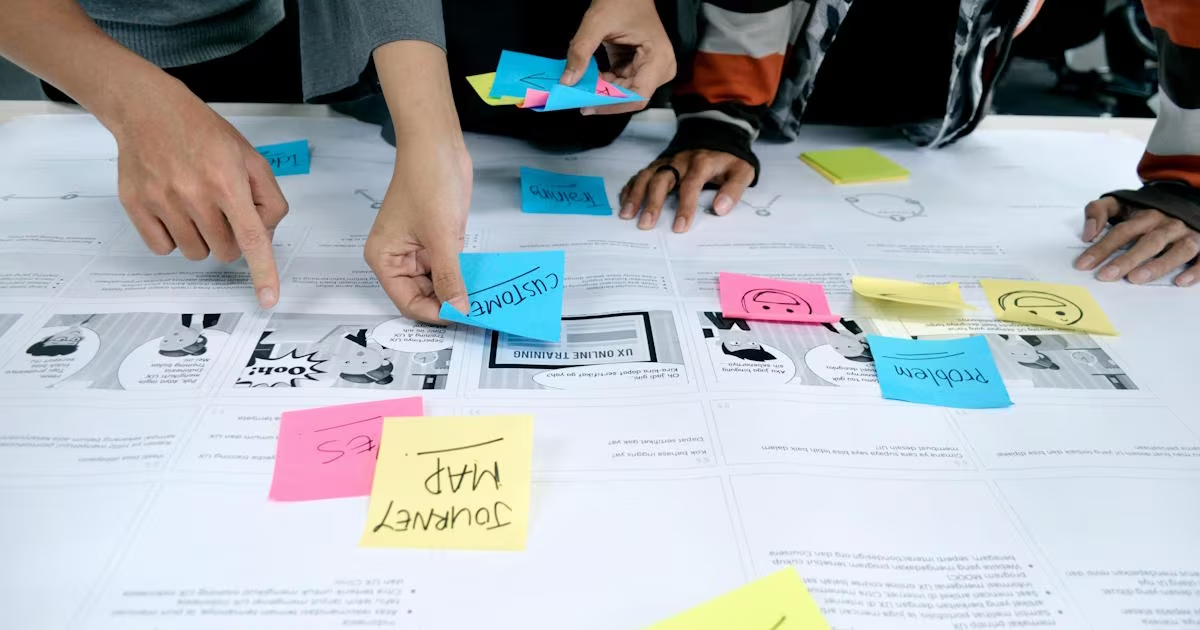
How to Make Scrum Retrospectives More Positive and Engaging
Why Scrum Retrospectives Need a Boost
Scrum retrospectives are meant to help teams reflect, adapt and improve, but too often, they become repetitive, overly critical, or just another meeting on the calendar.
Many Agile teams struggle with:
❌ Low engagement – Team members are quiet or unenthusiastic.
❌ Negativity bias – Focus is only on problems, not progress.
❌ Lack of motivation – Teams leave retrospectives without a sense of improvement.
But what if retrospectives could be energizing, motivating and even fun? The secret lies in recognition and positive reinforcement. If you want to use a more structured approach, you can learn more about how kudo cards help support positive retrospectives.
Teams that focus on progress, not just problems, are more likely to improve performance. Here’s how to reframe your retrospectives to inspire and engage your team.
1. The Role of Retrospectives in Agile and Scrum
Retrospectives exist to:
- Reflect on the last sprint – What worked? What didn’t?
- Identify areas for improvement – How can we get better?
- Strengthen teamwork and trust – Open conversations build stronger teams.
Common Challenges That Hurt Retrospectives:
Feeling like a blame session – Too much focus on “what went wrong” leads to frustration.
Lack of participation – If only a few people talk, the team doesn’t grow.
Repetitive format – If every retrospective feels the same, engagement drops.
Instead of just analyzing problems, shift focus to appreciation and learning—that’s where recognition comes in.
2. The Power of Recognition in Retrospectives
Recognition shifts retrospectives from “What went wrong?” to “What went well?”
Boosts morale, motivation and engagement.
Reinforces a culture of continuous improvement.
Instead of just focusing on mistakes, start by celebrating contributions.
Example:
✅ “Great job, Alex, for jumping in to fix the database issue before it escalated!”
✅ “Sarah, your detailed testing helped us avoid last-minute bugs—huge win!”
When teams feel appreciated, they’re more open to discussing challenges and improvements.
3. Steps to Make Retrospectives More Positive and Engaging
Step 1: Start with Kudos (What Went Well?)
- Dedicate the first 5 minutes for team recognition.
- Let each person give a shoutout to a teammate.
- Keep it specific: “Mike’s API fix saved us hours. Thanks, Mike!”
💡 Pro tip: Use a kudos board or a tool like esteam.life to track and share team appreciation. If you want to give structured messages that feel personal, you can explore what kudo cards are.
If you prefer using themed designs during retrospectives, you can browse our collection of kudo card templates.
Step 2: Reframe “What Went Wrong” as “Challenges & Solutions”
❌ Instead of “What didn’t work?”, ask:
✅ “What challenges did we face and how did we handle them?”
✅ “What can we learn from this sprint?”
This keeps the focus on growth, not blame.
Step 3: Make It Interactive & Fun
- Use sticky notes, whiteboards, or digital tools (Miro, Trello, Jamboard).
- Try retrospective games:
- Start, Stop, Continue → What should we start doing, stop doing and continue doing?
- Retrospective Bingo → Find common team experiences in a fun way.
- Kudos Leaderboard → Keep track of top contributors each sprint.
When retrospectives feel engaging, teams contribute more.
Step 4: End on a Positive Note
- Ask: “What are we excited about for the next sprint?”
- Have a quick round of appreciation to close the session.
- Leave the meeting with motivation and clarity for the next sprint.
4. Tools to Support Positive Retrospectives
📌 Use Digital Tools for Recognition:
- Slack, Microsoft Teams, or Trello for kudos tracking.
- esteam.life to automate and gamify recognition in Agile teams.
📌 Use Collaboration Tools for Engagement:
- Miro, FunRetro and Retrium for interactive retrospectives.
Recognition tools help make positivity a habit—not just a one-time effort.
5. Real-World Example: A Scrum Team That Transformed Their Retrospectives
The Challenge:
A software development team felt that their retrospectives were negative and unproductive. People focused only on problems and morale was dropping.
The Change:
1️⃣ They started retrospectives with kudos, letting team members recognize each other.
2️⃣ They reframed “failures” as “challenges and lessons.”
3️⃣ They added a fun element (retrospective games & a kudos leaderboard).
The Result:
✅ Higher participation – More people spoke up.
✅ Stronger team morale – Recognition made retrospectives enjoyable.
✅ Better performance – The team became more engaged and solution-focused.
6. Take Action: Improve Your Next Retrospective
🎯 Try this in your next retrospective:
✅ Start with kudos. Recognize wins before discussing challenges.
✅ Reframe negatives into learning opportunities.
✅ Use interactive tools or games to keep engagement high.
✅ Make recognition a habit—use a tool like esteam.life to track kudos.
If you want to bring more structure and meaning to the kudos you share, consider using kudo cards as part of your retrospective flow.
A positive retrospective leads to a stronger, more engaged team.
🚀 Make the change today!